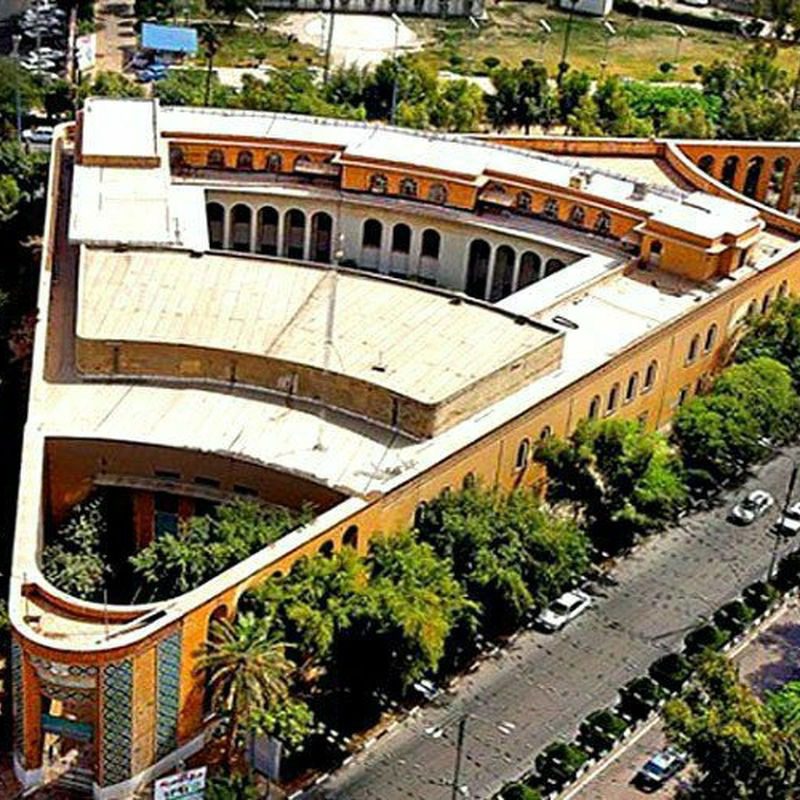Three Gosh University of Ahvaz: a treasure of history and culture
Segosh University of Ahvaz, which is also known as Faculty of Literature and Human Sciences of Shahid Chamran University of Ahvaz, is a building with a unique architecture and an ups and downs history. This building, which was built in 1308 as the National Central Bank of Ahvaz, was handed over to Jundishapur University in 1336 and was used as the Faculty of Literature and Foreign Languages until 1389.
Building specifications:
Architecture: This building was built with Art Deco architecture inspired by Mesopotamian architecture. The facade of the building is decorated with bricks and stones and has three towers in its three corners.
Area: This building is built on a land of 4000 square meters and on two floors.
Current use: Currently, this building is being renovated and it is supposed to be used as a museum of science and technology and Khuzestanology after the restoration is completed.
The importance of the building:
Architecture: Segosh University of Ahvaz has been registered as one of Iran’s national monuments due to its unique architecture.
History: This building is also important from a historical point of view due to its age and its presence in different stages of Iran’s history, including the Second World War and the imposed war.
Cultural: As one of the symbols of the Ahvaz city, Segosh University of Ahvaz is also of great importance for the people of this city from a cultural point of view.
Repair and reconstruction:
The restoration and reconstruction of the Ahvaz Triangle University has started since 2013. In this restoration, various parts of the building, including the building facade, electrical and mechanical installations, and roof and floor, are restored and renovated.
The future of building:
After the completion of the restoration and renovation, Segosh University of Ahvaz will be used as a museum of science and technology and Khuzestanology. This museum will include various sections, including the history of science and technology section, Khuzestanology section, and documents section.


